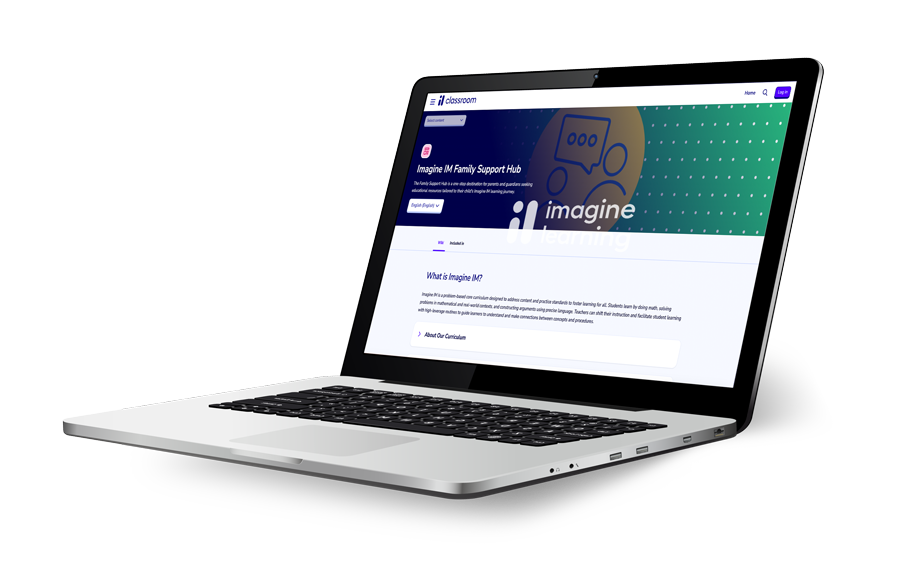September 30, 2025 8:00 am
Imagine Learning Announces “The AI Question” — First Course in a New AI Learning Pathway
New courses are designed to help students build critical thinking, ethical reasoning, and durable skills in a world shaped by AI.
Tempe, Arizona — September 30, 2025 — Imagine Learning today announced the development of “The AI Question,” the first course in a structured pathway of AI-focused courses designed to help middle and high school students develop critical judgment, ethical reasoning, and collaborative problem-solving in an AI-driven world. Launching for Back to School 2026, the course reflects Imagine Learning Chief Product Officer Kinsey Rawe’s call for education to move beyond simply adapting AI to old models and instead use it to create new avenues for equity, agency, and durable skills.
“AI isn’t just changing the tools we use — it’s reshaping the very conditions of learning and work,” said Rawe. “The real risk isn’t moving too fast but rather moving too slowly for students who need access to these skills now. ‘The AI Question’ is the first step in a pathway designed to ensure every learner develops the critical thinking, ethical reasoning, and human connection that AI can never replace.”
Unlike courses that focus primarily on technical skills or tool training, “The AI Question” invites students to explore the systems behind AI and the human choices that shape them. Through real-world case studies, collaborative challenges, and open-ended inquiry, students will:
- Examine how AI works and where it can fail
- Analyze bias and ethics in machine learning
- Imagine the future of work, creativity, and civic life in an AI era
- Practice interpreting, questioning, and refining AI-generated outputs
- Strengthen durable skills like critical thinking, empathy, and communication
The AI Learning Pathway is designed as a coherent sequence of courses. Beginning with “The AI Question,” it will expand into additional offerings on ethics, creativity, and the future of work, with each course building on the last to create a progressive learning journey.
“These courses aren’t about teaching students to use AI,” added Rawe. “They’re about preparing them to live in a world shaped by it: to ask better questions, make difficult choices, and lead with both intelligence and humanity.”
“The AI Question” will be available to schools nationwide for Back to School 2026. Find additional information at imaginelearning.com/AI-Pathway.


